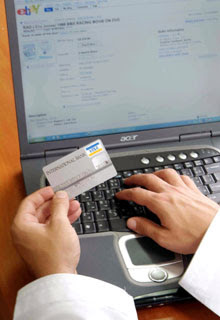
Internet is used to facilitate transactions and contracts, be they B2B, B2C or C2C. As opposed to traditional contracts, those transactions are being formed electronically. E-Transactions are getting increasingly popular due to the advantages of the internet. For example: Cost and time saving, increase in productivity, increase in profitability, access to customers anywhere anytime and access to huge market (there are hundreds of million net users today).
There are four parties at risk involve in payment flows, financing and risk taking: The customer (end user), the seller (business-to-business or retailer), the producer and the transfer agent (credit card companies or banking institutions).
The legal challenges for e-transaction: offer and acceptance is now involving automed process which negates the need for human intervention. Is an "offer" in websites amounting to an "offer" or "invitation to treat"? Should all transactions & communications be printed out on paper and signed there to make them legally binding? Can data message be deemed as an "written information" for the purpose of fullfilling writing requirements? How to full fill the requirements of signature?

There will be few methods to verify the "real" transaction by using click-on and shrink-wrap agreement and also Digital Signature Act 1997. As with any information processing system, security and reliability are considerations. Online transaction systems are generally more susceptible to direct attack and abuse than their offline counterparts.
p.s. I am taking multimedia and marketing on this trimester, so that was a lot of help for the legally information on the subject.

No comments:
Post a Comment